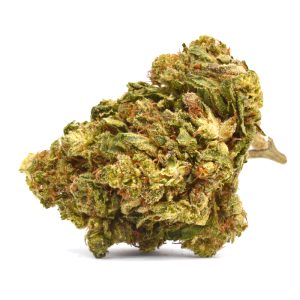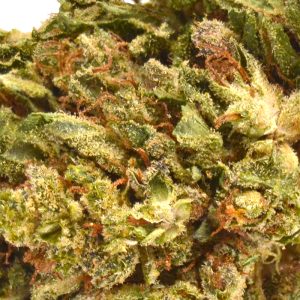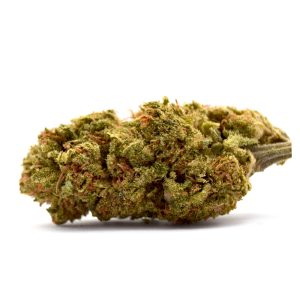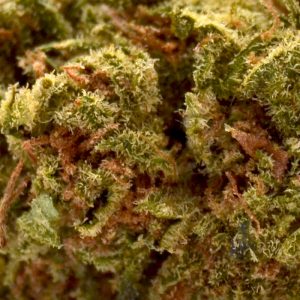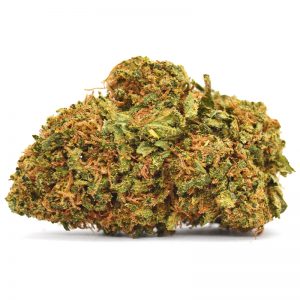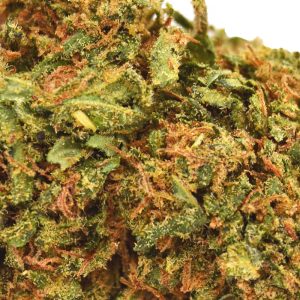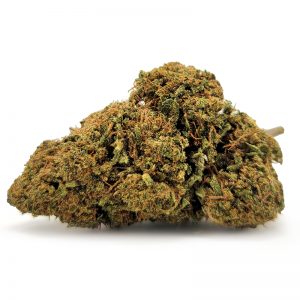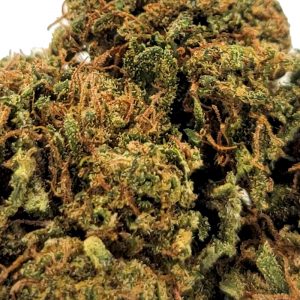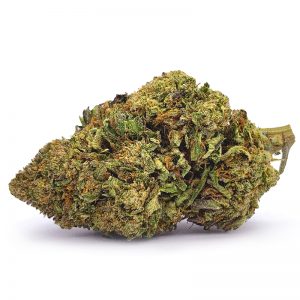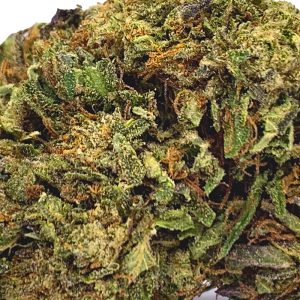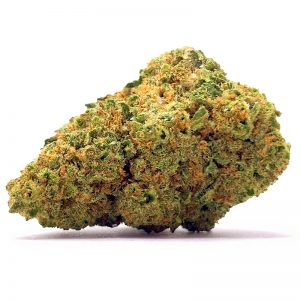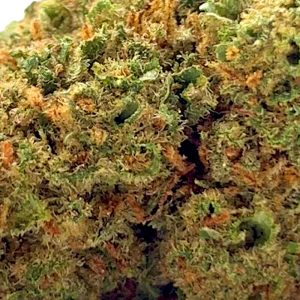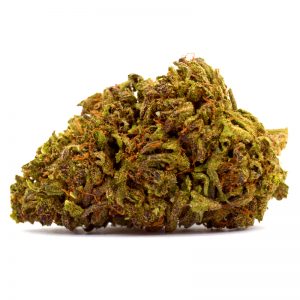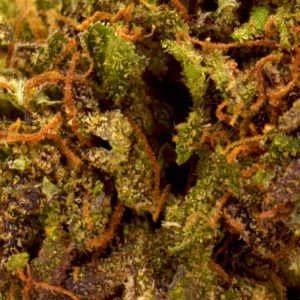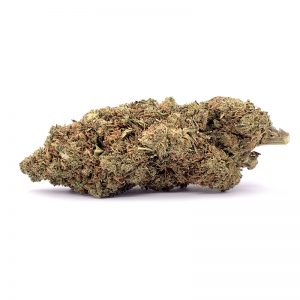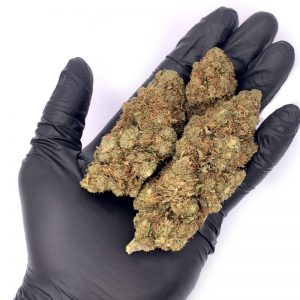Terpinene – What Is It? All You Need To Know About Terpinene
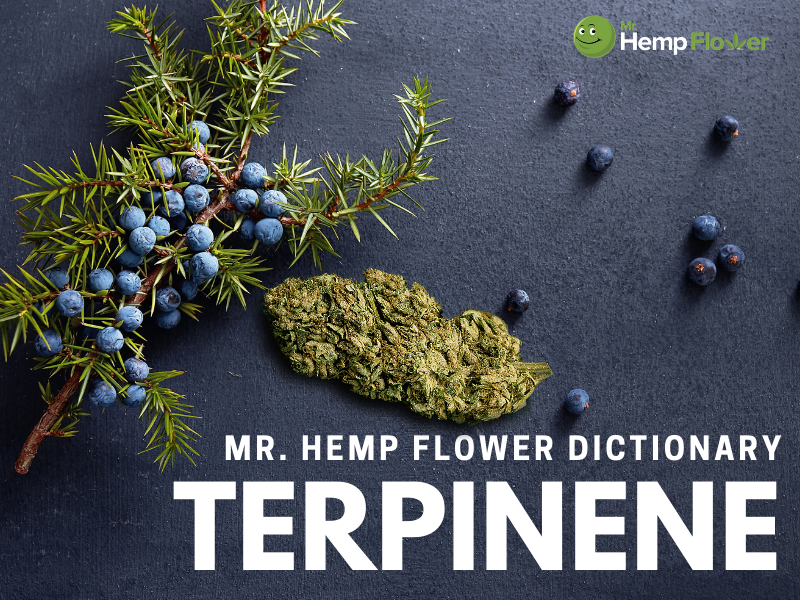
Terpinene
ˌtərˈpin-ēn | noun
Classified as monoterpenes, terpinenes are a group of isomeric hydrocarbons — naturally occurring organic compounds composed exclusively of hydrogen and carbon atoms. Alpha-terpinene is one of the most common forms naturally found in hemp. Other plant sources of this terpene include cardamom, marjoram, juniper, and eucalyptus essential oil. Synthetically, this terpene is produced by a chemical rearrangement of a-pinene. Researchers have explored the antioxidant effects of this terpene mainly as a constituent of tea tree oil.
“These cardamom buns are delicious and rich in terpinene, which possesses antioxidant properties.”
“Did you know that both tea tree oil and hemp contain terpinene?”
What is it?
A group of isomeric hydrocarbons known as monoterpenes, prized for their spicy taste. The three isomeric monoterpenes belonging to this group are alpha-terpinene, beta-terpinene, and gamma-terpinene. These three components have the same molecular formula but differ in the positions of their two double bonds. While beta-terpinene has no known natural source, alpha- and gamma are known as volatile components in plant life that exhibit antioxidant properties.
Due to its spicy taste, this terpene is frequently used as a flavoring agent. It contributes to allspices’ warm scent and serves as an ingredient in industrial fluids to improve their odors.
Every day uses of terpinene
Originating in India, cardamom is a spice with an intense, slightly sweet flavor rich in this terpene. If you enjoy spicy dishes like curry or Indian cuisine in general, you’ve likely encountered this terpene. Some European nations prepare cardamom buns or rolls, which are cinnamon buns that contain the fresh and fruity cardamom spice.
If you prefer Mediterranean cuisine, you might’ve encountered this terpene by using the spice marjoram. The Italian tomato sauce also contains this terpene in an aromatic herb similar to oregano. Last but not least, most people experience this terpene when massaging tea tree oil, combined with a base oil, to their skin.
Therapeutic benefits of terpinene
The therapeutic benefits of this terpene are examined mostly as a component of tea tree oil. The natural ingredients that contribute to tea tree oil’s antifungal, antiseptic, and antibacterial benefits make it such a successful natural remedy. As an organic constituent of tea tree oil, terpinene might cause some of its properties. According to research, a-terpinene as part of tea tree oil acts as an antioxidant.
Antioxidant properties
One 2012 study published in Chemical Research in Toxicology revealed that this terpene possesses strong antioxidant properties as a component of tea tree oil. The study also found that, despite this component being a true antioxidant, it easily forms allergenic compounds. This imposes the question of its suitability in products used for topical application, especially cosmetics and skincare.
Where to find it in hemp?
You can find this terpene in some hemp strains in trace amounts. You can also find it in some full spectrum hemp CBD products, like these Full Spectrum CBD Gummies, loaded in rare terpenes, including alpha-Terpinene and gamma-Terpinene. They contain 25mg+ of CBD per gummy and are infused with phytocannabinoid-rich hemp oil.
The presence of terpenes in your hemp CBD products is crucial for you to experience the hemp plant in its full potency. Terpenes collaborate with cannabinoids to modulate the healing benefits of the hemp plant.
Final thoughts
A component of tea tree oil known for its antioxidant properties, this terpene is recognized for its spicy aroma and flavor.

